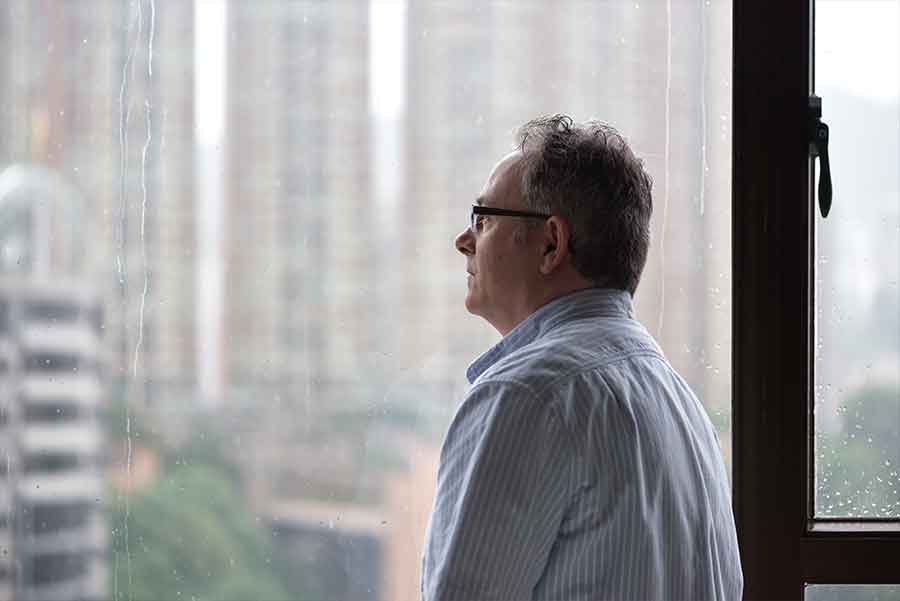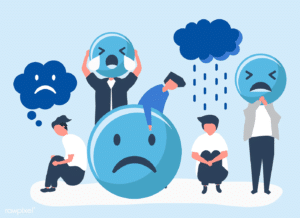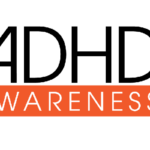Seasonal Affective Disorder Is A Type Of Depression Related To Seasonal Patterns

Seasonal affective disorder is a type of depression characterized by its recurrent seasonal pattern. Symptoms can persist for many months annually and share symptoms associated with major depression such as feeling down most of the time, losing interest in activities, and feeling hopeless or worthless.
Many people go through short periods of time where they feel sad or not like their usual selves. Sometimes, these mood changes begin and end when the seasons change. People may start to feel “down” when the days get shorter in the fall and winter (also called “winter blues”) and begin to feel better in the spring, with longer daylight hours.
Who Gets Seasonal Affective Disorder?
While anyone can get seasonal affective disorder, and millions of American adults suffer from SAD, there are factors that increase a person’s risk of developing seasonal depression. Additionally, while SAD is most commonly felt in the colder months, it can also affect people in spring and early summer.
- Women are at higher risk of developing seasonal affective disorder
- Younger people are at higher risk of developing seasonal affective disorder
- People who live further from the equator are at higher risk of developing SAD
- People with a history of depression, bipolar disorder, or have been previously affected by Seasonal Affective Disorder are also at increased risk
- People with SAD often have other conditions such as ADHD, an eating disorder, anxiety disorder, or panic disorder.
- SAD sometimes runs in families, and is more common in people who have relatives with other mental illnesses such as major depression or schizophrenia.
Our Experienced Team of Psychiatrists Can Help!
We know that taking the first step can be difficult.
Our highly-trained psychiatrists and therapists offer a comprehensive and confidential approach to private, outpatient psychiatric care. Whether this is your first time seeking psychiatric care or if you are seeking a new provider, Novum Psychiatry can help. In-person and telehealth appointments available. We accept health insurance.
What Are The Symptoms Of Seasonal Affective Disorder?

What are the symptoms of SAD? Not every person with seasonal affective disorder will experience all of the symptoms below. However, the following are common signs of SAD:
- Feeling depressed most of the day
- Lack of interest in your favorite hobbies or activities
- Changes in appetite or weight (losing weight or gaining weight)
- Insomnia and sleep problems
- Feeling sluggish or agitated
- Irritability
- Not wanting to socialize
- Feeling worthless
- Sleeping longer than usual
- Finding it difficult to focus and concentrate
- Winter pattern Seasonal Affective disorder include oversleeping, overeating, weight gain, and social withdrawal
- Summer SAD symptoms may include insomnia, poor appetite and weight loss, restlessness, agitation, and anxiety
What Causes Seasonal Affective Disorder?
Physicians and scientists do not completely understand what causes SAD, but researchers have found a number of factors that may contribute to the development of SAD:
- People with SAD may have reduced activity of serotonin, a brain chemical that helps regulate your mood.
- People with SAD may have difficulty with overproduction of melatonin, which can increase sleepiness and lethargy. Melatonin is a hormone that helps maintain the normal sleep-wake cycle.
- Less outdoor exposure to sunlight in the wintertime means that people may produce less Vitamin D, which is problematic because Vitamin D is believed to promote seratonin activity.
- Even just negative thoughts, anxiety, and feelings about winter are common among people with SAD.
Treatment For Seasonal Affective Disorder
SAD is treatable. Treatments are available to help people with SAD include light therapy, psychotherapy (“talk therapy”), antidepressant medications, and Vitamin D. Let’s explore these treatment options more closely.
Light Therapy
Light therapy has been used for decades effectively to treat Seasonal Affective Disorder. Light therapy can be used alone or in conjunction with other treatments such as medications or counseling. The goal of light therapy for the treatment of SAD is to expose people to a bright light every day to make up for reduced exposure to natural sunlight during the darker months.
Light boxes emit full spectrum light that is comparable to sunlight. For this treatment, the person sits in front of a very bright light daily for 30-45 minutes, usually first thing in the morning. There are some risks and potential side effects with light therapy, and its use should be monitored by a healthcare professional.
Getting outside into as much natural light as possible during the winter months can help mitigate symptoms of SAD.
Vitamin D
Researchers have found that many people with SAD have vitamin D deficiency. In addition to natural light exposure and light therapy, nutritional supplements of Vitamin D may help improve symptoms.
Talk Therapy and Counseling
Counseling and/or Cognitive Behavioral Therapy (CBT), in combination with other therapies, or alone can help support people with SAD.
Antidepressant Medications
Like other forms of depression, SAD is believed to be associated with a dysfunction with seratonin activity in the brain. Antidepressant medications called SSRIs (selective serotonin reuptake inhibitors) can be used to treat SAD symptoms.
Things You Can Do To Reduce Symptoms of Seasonal Affective Disorder
There are a number of straightforward health and wellness strategies that you can employ to help reduce symptoms of Seasonal Affective Disorder:
- Get as much exercise in natural sunlight as possible, even a short walk outdoors can be beneficial
- Eat a healthy and well-balanced diet with plenty of fiber, fruits, and vegetables and limit your sugar intake
- Open your blinds first thing in the morning to help regulate your sleep-wake cycle and increase your exposure to natural light
- Sit near a window when indoors
- Explore mindfulness strategies such as meditation and yoga
- Plan a trip to a sunny location if possible
Get Help With Seasonal Affective Disorder
Our experienced team of psychiatrists and therapists understands the toll that Seasonal Affective Disorder can take on your life. SAD is treatable. If you are struggling with SAD, request your confidential evaluation today.





